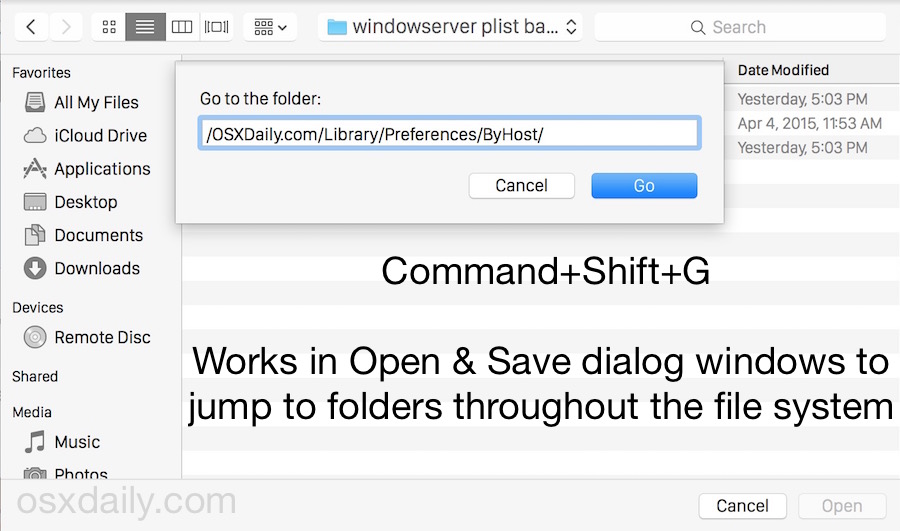Download the Freakonomics movie and watch it before it hits theaters
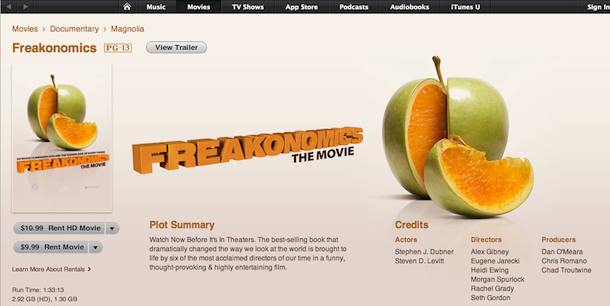
Did you know that you can download and watch the Freakonomics movie right now? The theatrical release is October 1 for limited screenings and November 1 for widespread distribution, but why wait? All you need to do is jump on the iTunes Store and you can download and watch Freakonomics right now. The HD rental is $10.99 or $9.99 for standard def, considering it’s a pre-release movie and cheaper than a movie date anyway that’s not too shabby.
In case you don’t know, this is a documentary based on the book Freakonomics![]() which came out a few years ago and explores some interesting relationships and links between seemingly unrelated events and trends. I read the book a while ago and didn’t find any of the data particularly ‘freaky’ but it certainly was a fascinating read, the documentary looks to be just as interesting.
which came out a few years ago and explores some interesting relationships and links between seemingly unrelated events and trends. I read the book a while ago and didn’t find any of the data particularly ‘freaky’ but it certainly was a fascinating read, the documentary looks to be just as interesting.
Having pre-release movies available for online rental with iTunes seems to be a new trend that the movie industry is exploring, and one I am certainly not complaining about. How cool is it to watch movies before they’re even in the theaters and in the comfort of your own home? Of course you could also get it on your iPad or iPhone, but I say fire up that Mac Mini media center and start watching!


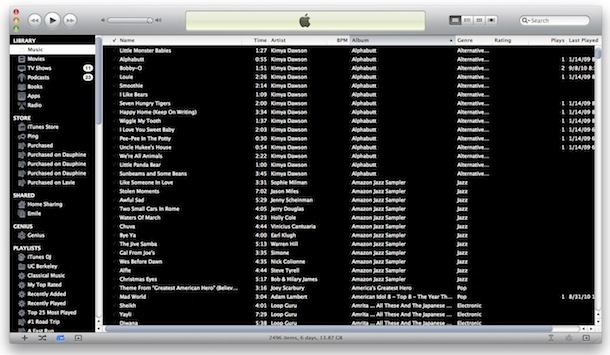
 For whatever reason since updating to iOS 4.0 Pandora has been misbehaving on both my iPhone and iPod touch. If you haven’t run into this basically what happens is a few songs will play normally before they start to skip and stutter, for some songs it almost sounds like it’s part of the song, but the more you listen the more the song skips. Finally the app will either crash or the song will stop playing completely, very annoying.
For whatever reason since updating to iOS 4.0 Pandora has been misbehaving on both my iPhone and iPod touch. If you haven’t run into this basically what happens is a few songs will play normally before they start to skip and stutter, for some songs it almost sounds like it’s part of the song, but the more you listen the more the song skips. Finally the app will either crash or the song will stop playing completely, very annoying.



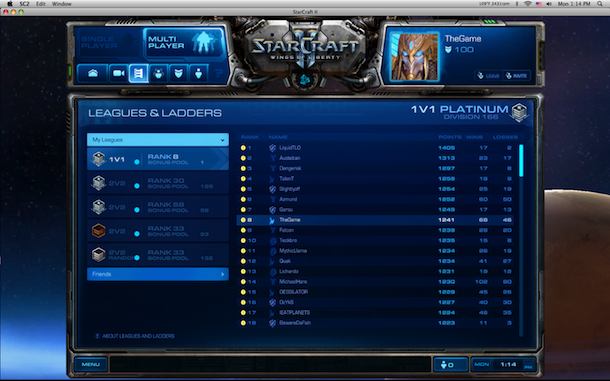
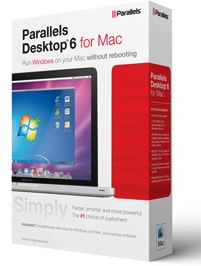 Parallels is pretty great software that lets you easily run Windows apps on Mac OS X. The latest version was just announced and is faster than ever with full 64-bit support, it retails for $79.99 which isn’t a bad price but why pay more when you don’t have to? I like a good deal, so here’s how to get the newest version, Parallels 6, for $20 (well, actually $19.99). This will work until September 30 when the rebate is no longer offered.
Parallels is pretty great software that lets you easily run Windows apps on Mac OS X. The latest version was just announced and is faster than ever with full 64-bit support, it retails for $79.99 which isn’t a bad price but why pay more when you don’t have to? I like a good deal, so here’s how to get the newest version, Parallels 6, for $20 (well, actually $19.99). This will work until September 30 when the rebate is no longer offered.
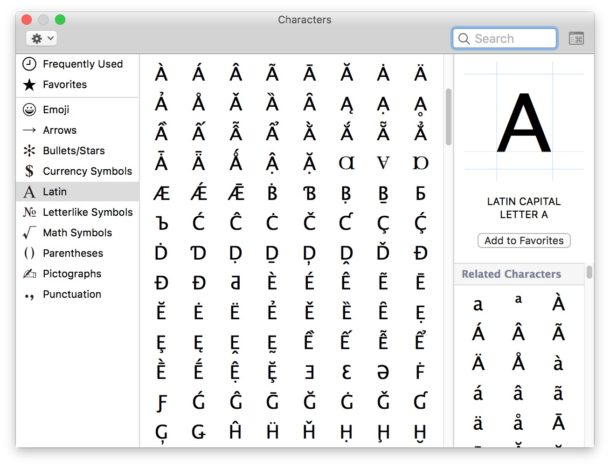
 There was a lot of speculation and hope that iOS 4.1 would help fix the dreadfully
There was a lot of speculation and hope that iOS 4.1 would help fix the dreadfully 

